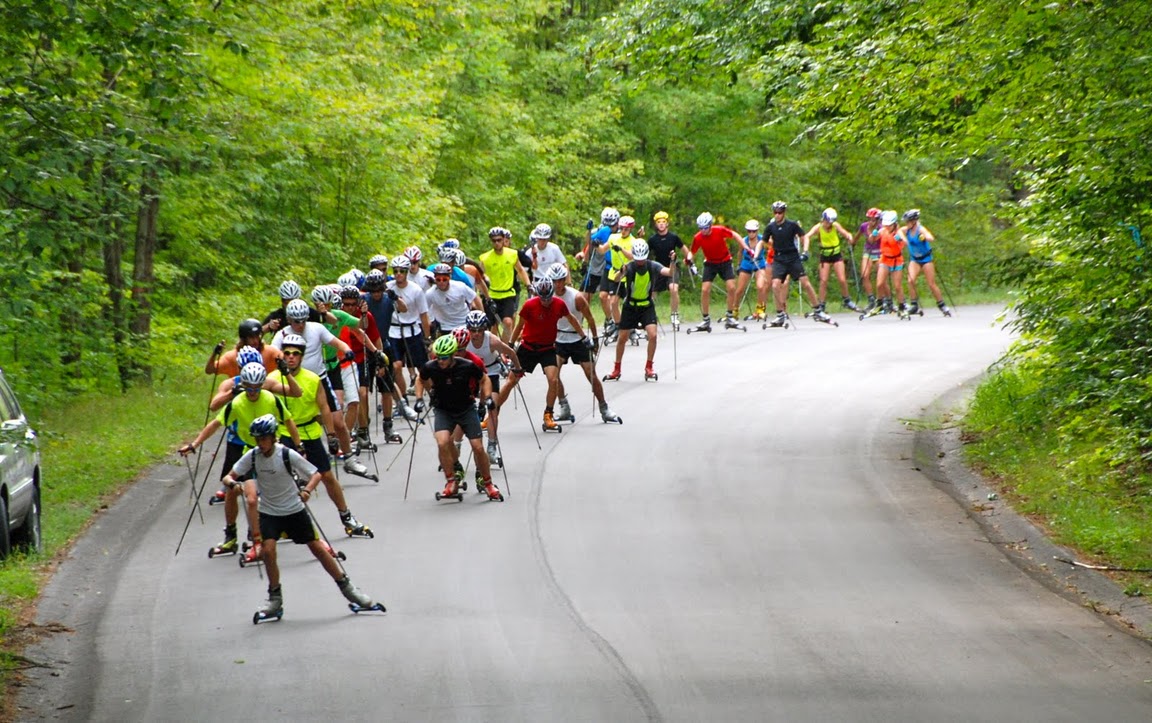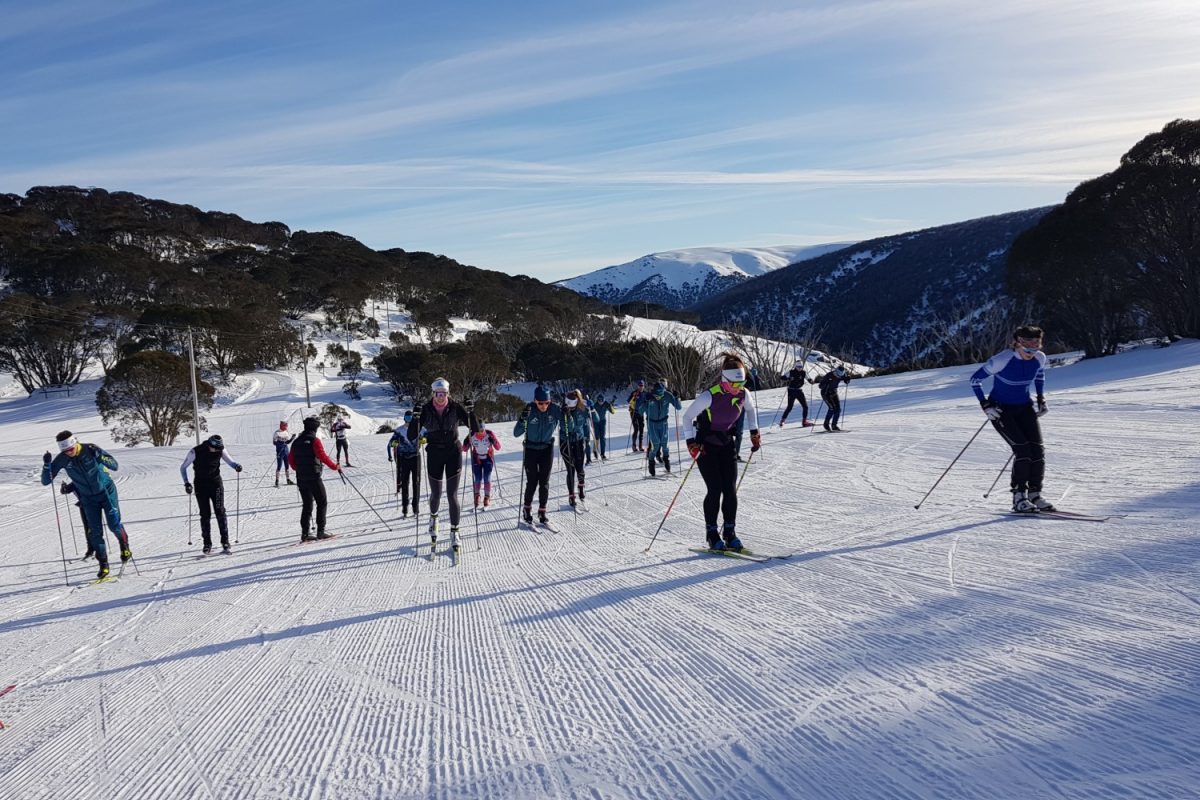
Most conversations regarding training for endurance sports center on competition: the training schedule is built around the races. But what if you don’t compete? What if you’re out there on the ski trails, bike trails, and hiking trails without a race number? What if your objective is not to podium but to simply enjoy the opportunity to push your body? Is there still a reason to “train” when there isn’t a competition to train for?
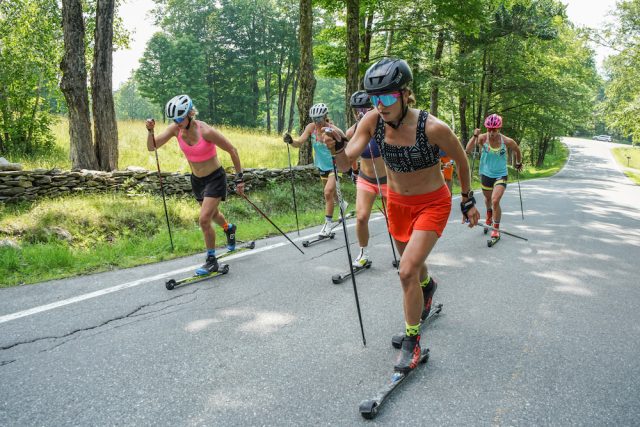
Goals
Why do you do what you do? Cross country skiing is not easy. The technique is impossible to master, the fitness requirement is harder than doing all three triathlon disciplines at the same time, and the equipment, despite all of its carbon fiber, provides all the stability of a wet noodle. Yet we’re out there flogging ourselves around the ski track all winter long. The why is very individual but everybody has one. To get your heart rate up, to feel the burn in your muscles (and lungs), to ski for 90 minutes without keeling over, to V1 up that nasty hill (and not crash going down the other side), to V2 gracefully like your World Cup hero, to soak up that euphoric sensation of gliding across the snow. Every time we step into our bindings we have goals, whether big or small. Given the nature of our sport, they will likely be facilitated by strength, balance, and aerobic fitness—all things that can be improved with intentional training. They will also be facilitated by how we frame our goals; are we more focused on the journey or the destination?
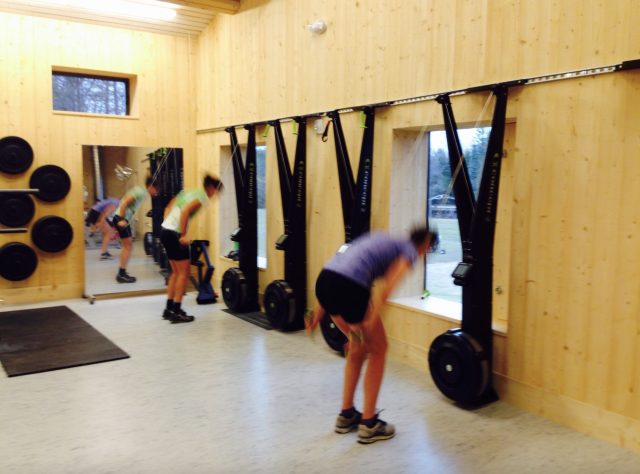
Intentional Training
Pay to play. As athletes, we get what we pay for (training-wise). As a physical therapist, I am a huge advocate for putting in some work off of the skis/bike/running shoes. I see a lot of patients whose injuries have come about due to having a big engine with lousy suspension. They’ve built a fancy house on a shoddy foundation. Our sport is great at building the big muscles—the primary movers of the body—but if we’re not training the smaller stability muscles, they often get left behind. Worse yet, we humans are built with anatomical redundancy, meaning that if one muscle, artery, or nerve is injured or not up to the task, we have others that can take over. The problem is that the compensatory Plan B is not as efficient, which leads to increased load on the body, predisposition to injury, and decreased performance. As we get older, our bodies are less concerned with maintaining muscle mass (sarcopenia, in the fancy vernacular). It would also be wise to pick up heavy things. Stability, balance, and coordination with a side of lifting and mobility for dessert. These are the staples of pay to play. I’ve covered some guidance in previous articles on FasterSkier including spine stability and mobility, balance and single leg stability, and the shoulder girdle.

Intent. Every workout or exercise session should have a purpose. That can range widely from the post-work jog to get some fresh air and clear the head so you’re more patient and present at home to the Z4 rollerski intervals where you’re trying to focus more on technique than top speed. These two examples differ in mode and intensity, but they both have a purpose. If the post-work jog is run at high intensity (or has the unexpected stress of a dog chase or near miss from a distracted driver), you won’t have achieved the goal of a calmed state of mind. If the rollerski intervals become too competitive or if the intensity is pushed too hard to keep the focus on technique, you may still get some physiological benefits from the hard efforts but they failed to achieve the purpose of maintaining technique while deep in the pain cave. Even if you head out the door on a run, ride, or ski with no intent other than the pure joy of moving, you may still want to consider how you’re doing what you’re doing to avoid overtraining or pushing too hard without an adequate foundation.
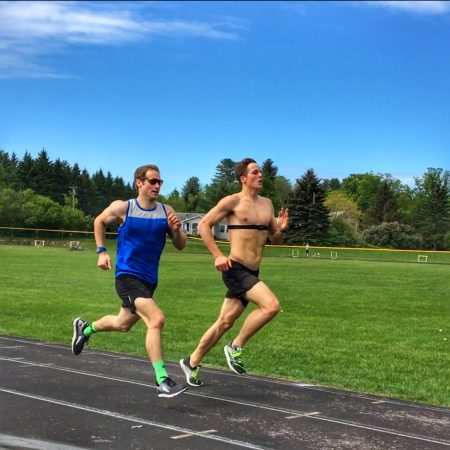
Scheduling. This may well be the greatest challenge for the noncompetitive athlete. If every workout is hard, then you risk flying too close to the sun. I’ve just preached the gospel of pay to play. In a previous article, I tried to espouse the benefits of lower intensity work. How does all of this fit into the training week, especially when we still want to go out, have fun, and not overthink it? Most coaches and structured training programs will include strength sessions and lower intensity workouts, much as I have just championed, but the hard sessions will likely be rigidly defined intervals or tempo work. If you are a competitive skier with the goal of optimizing speed, these programs are exactly what the science would tell you to do. If you are not regularly pinning on a number, or not willing to be constrained by a formal training plan, you may be wondering where the group ride, social run, family hike, or KOM hunting fits in the mix. The general framework is no differen—a couple of gym sessions, a couple of hard sessions, and the rest at lower intensity. To repeat, The Big Day Out and The Epic Adventure only get to happen a couple of times a week (and ideally not on consecutive days) or you risk overcooking.

Process Goals. For competitive skiers, training is the journey and racing is the destination. For noncompetitive skiers, it’s almost all about the journey. In (very simplified) sports psychology terms, the destination is an outcome and the journey is a process. Framed as goals, or what you’re hoping to achieve, an outcome goal would be a specific result: finishing position, PR, Strava KOM, etc. In contrast, process goals are the pieces of the outcomes puzzle or what it takes to achieve the desired results: quality training (and recovery), appropriate nutrition, adequate sleep. In this study, the authors sought to determine which type of goal was more beneficial. Their conclusions: “Process goals generally enhanced self-efficacy, intrinsic interest, and satisfaction.” More specifically, “Process goals were more beneficial for increasing performance and self-efficacy than other goal types. The latter is a noteworthy finding, given self-efficacy has been shown to enhance decision-making, increase motivational intentions, and is positively correlated with sport performance.”
While the concept of process goals is nothing new in the sport psychology circles, it was cemented for me while I was in Norway with the US Cross Country Team. During a physical therapy session a day or two before the historic women’s 50k at Holmenkollen, I asked Jessie Diggins about her goals for the race. “Well, to win would be really cool.” To which, I replied, “Duh! But what about your process goals?” (Yes, I was baiting her a little.) She proceeded to list three things she really wanted to nail: eat her favorite pre-race breakfast, be thorough and concise in conversations about ski selection, and be extra patient in the feed zones to make sure she was taking in enough calories.
As a physical therapist, I tend to judge the success of a treatment on whether the patient gets better. However, that is not something that I have full control over. There are many variables that make up a patient’s injury or pain–maybe even more that determine their response to PT–and I can only affect what I can control. Similarly, Jessie knew that once the gun went off, there were going to be a lot of things during the race that were out of her control, so she chose to focus on the things that she could control. That is the basis of why process goals are considered more effective than results goals.
For the noncompetitive skier, I’m emphasizing the role of process goals because the components of intentional training I pitched–pay to play, intent of the activity, and scheduling–are all process goals. Judging yourself on how you do what you do more so than the end result is likely to bring more joy in the experience. The journey may very well be more important than the destination.
Ned Dowling
Ned lives in Salt Lake City, UT where his motto has become, “Came for the powder skiing, stayed for the Nordic.” He is a Physical Therapist at the University of Utah and a member of the US Ski Team medical pool. He can be contacted at ned.dowling@hsc.utah.edu.


